Mirror, mirror on the wall, who's the fairest of them all? Have you ever wondered how mirrors were developed over history? On April 20, the Charm of the Mirror exhibition kicked off at the Guangdong Museum and will run through to August 20. It displays over 200 cultural relics including Chinese bronze mirrors and mirrors introduced from abroad, reflecting the history of ancient Chinese bronze mirrors and the cultural exchanges between China and foreign countries.
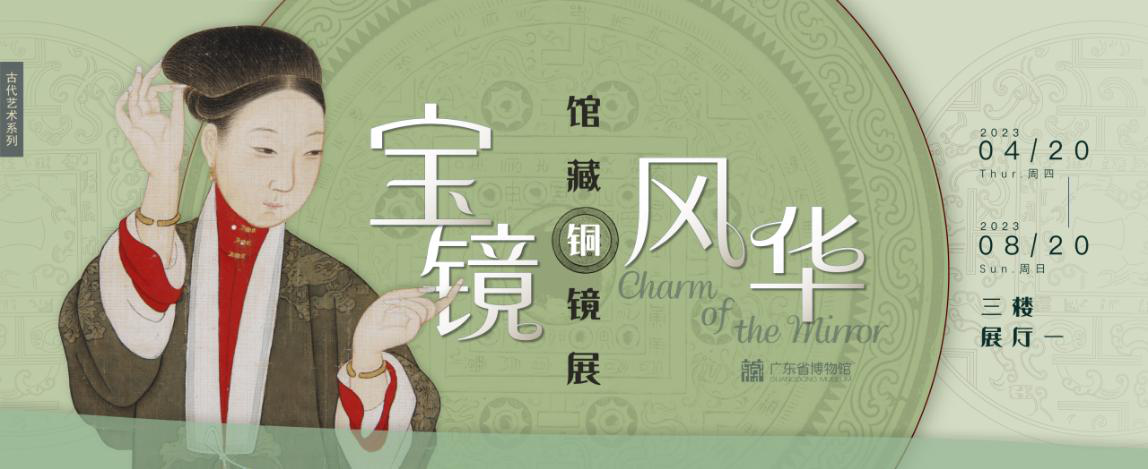
(Photo provided to GDToday)
The bronze mirror is one of the earliest and longest-used bronze products in China, and this exhibition introduces it with two chapters. The first chapter displays the features and changes of the bronze mirror's shape, pattern, subject matter, and inscriptions from the Warring States period to the Ming and Qing Dynasties. The second chapter showcases Japanese ancient bronze mirrors, and glass mirrors introduced from the West.
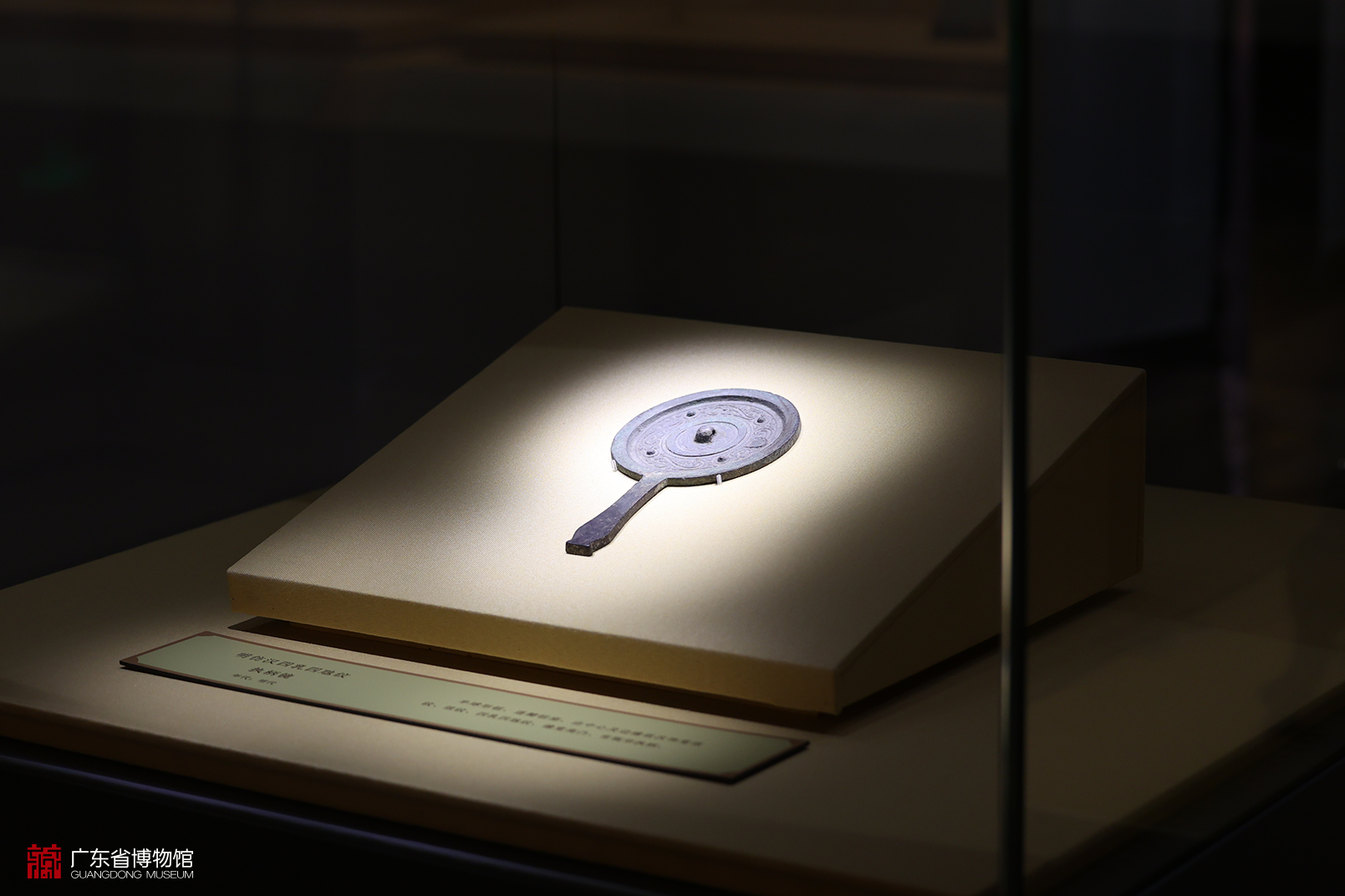
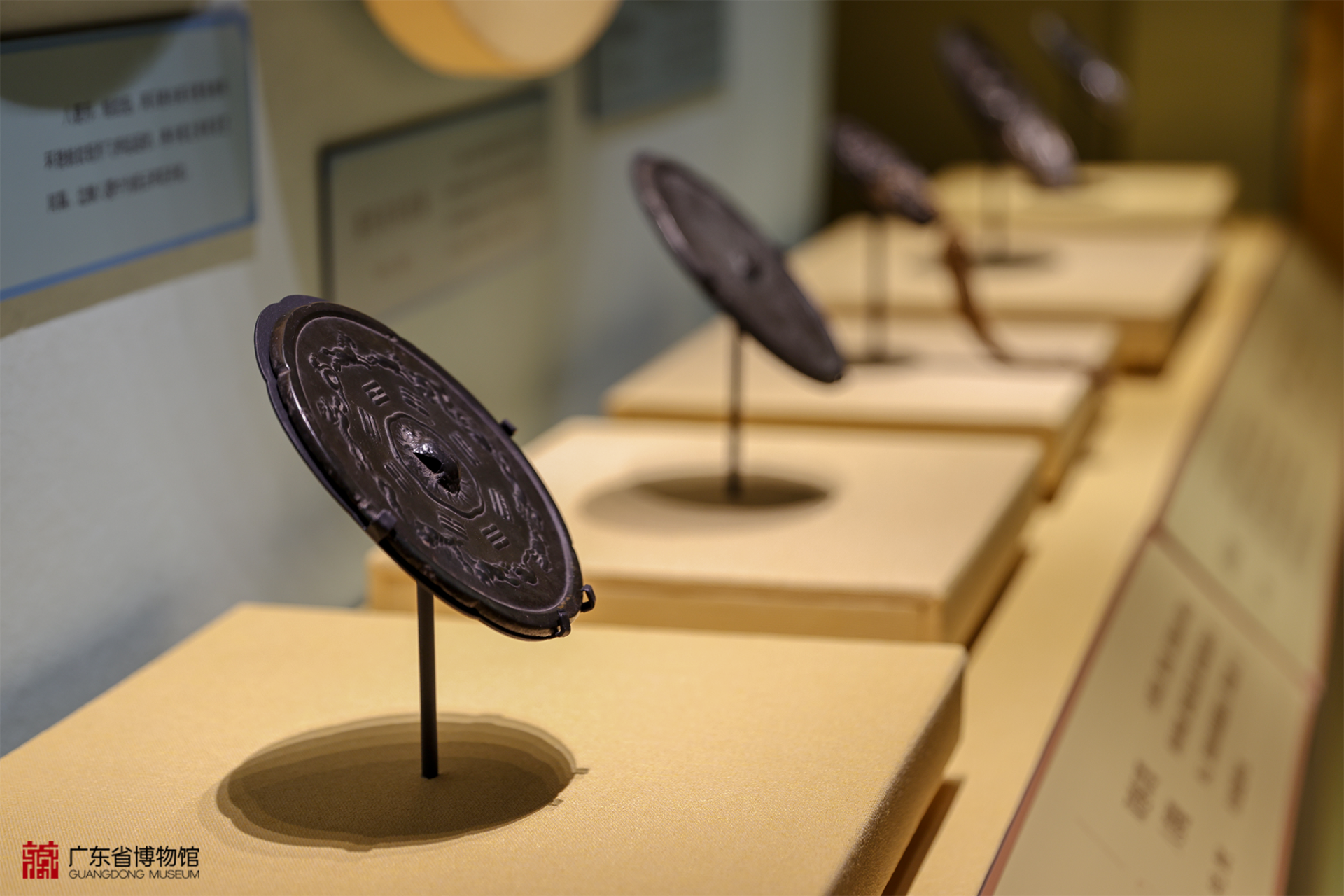

(Photo provided to GDToday)

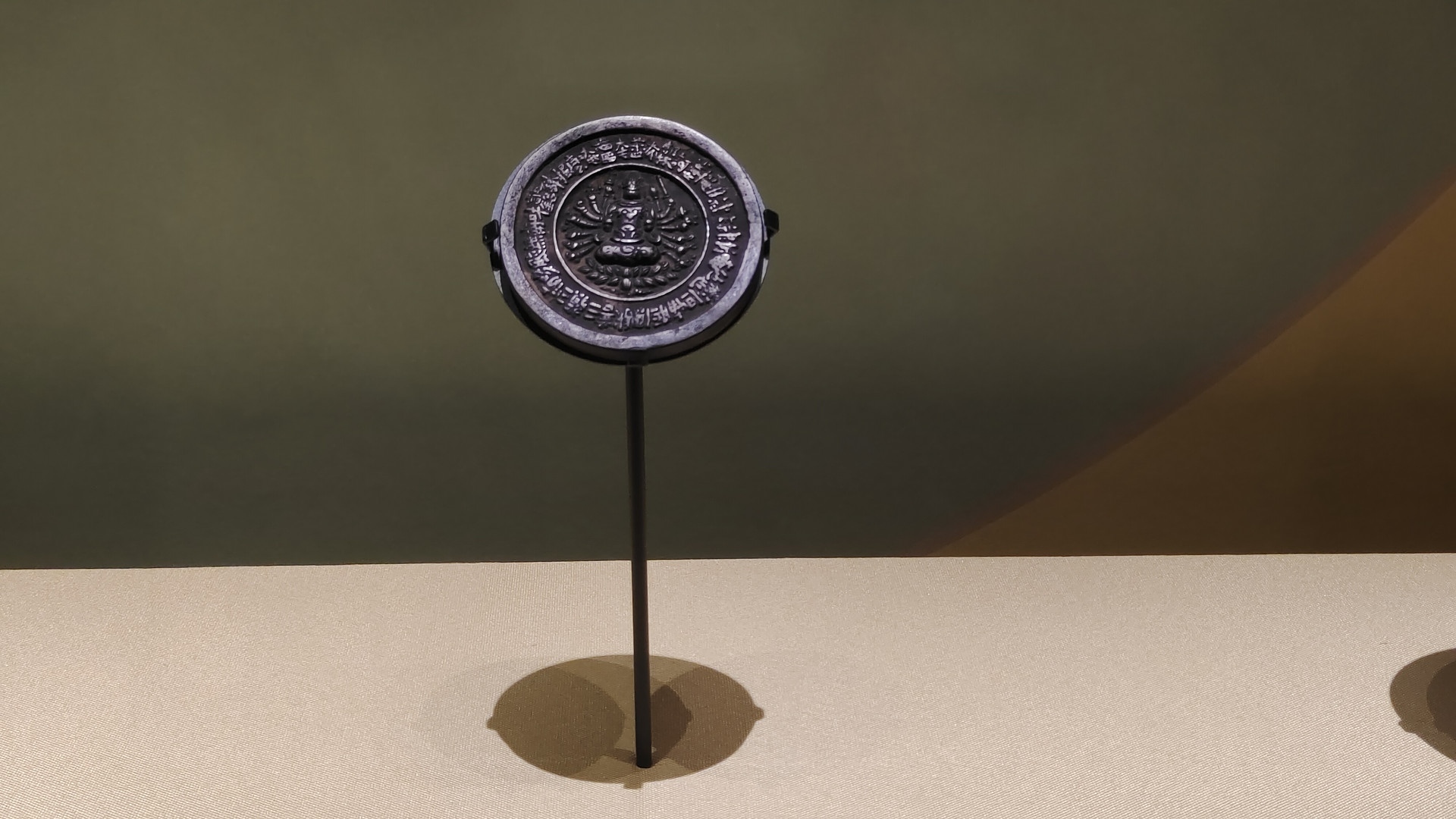
(Photo: Holly)
Meanwhile, other related collections like dressing boxes, jewelry, as well as painting and calligraphy works are also exhibited.
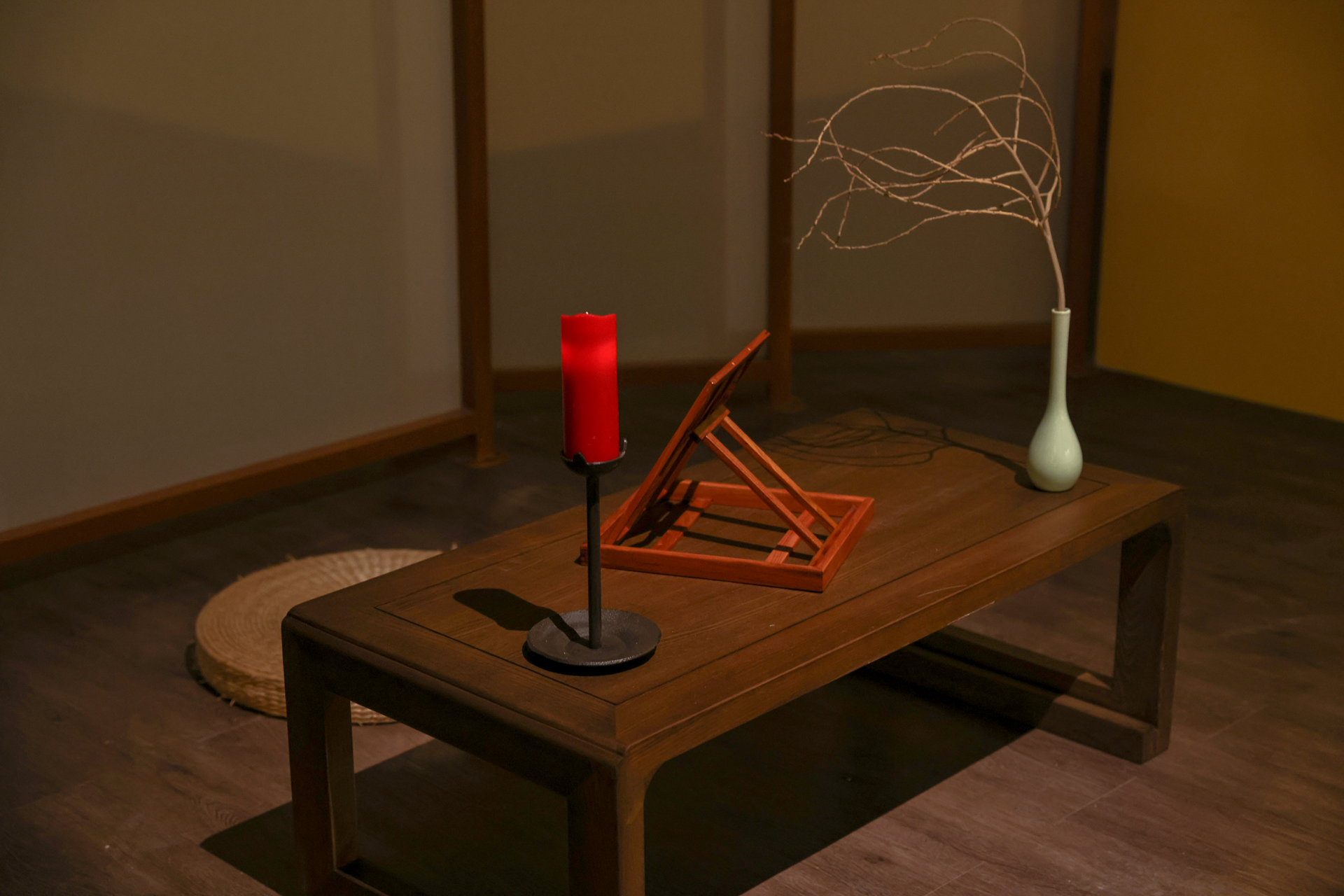
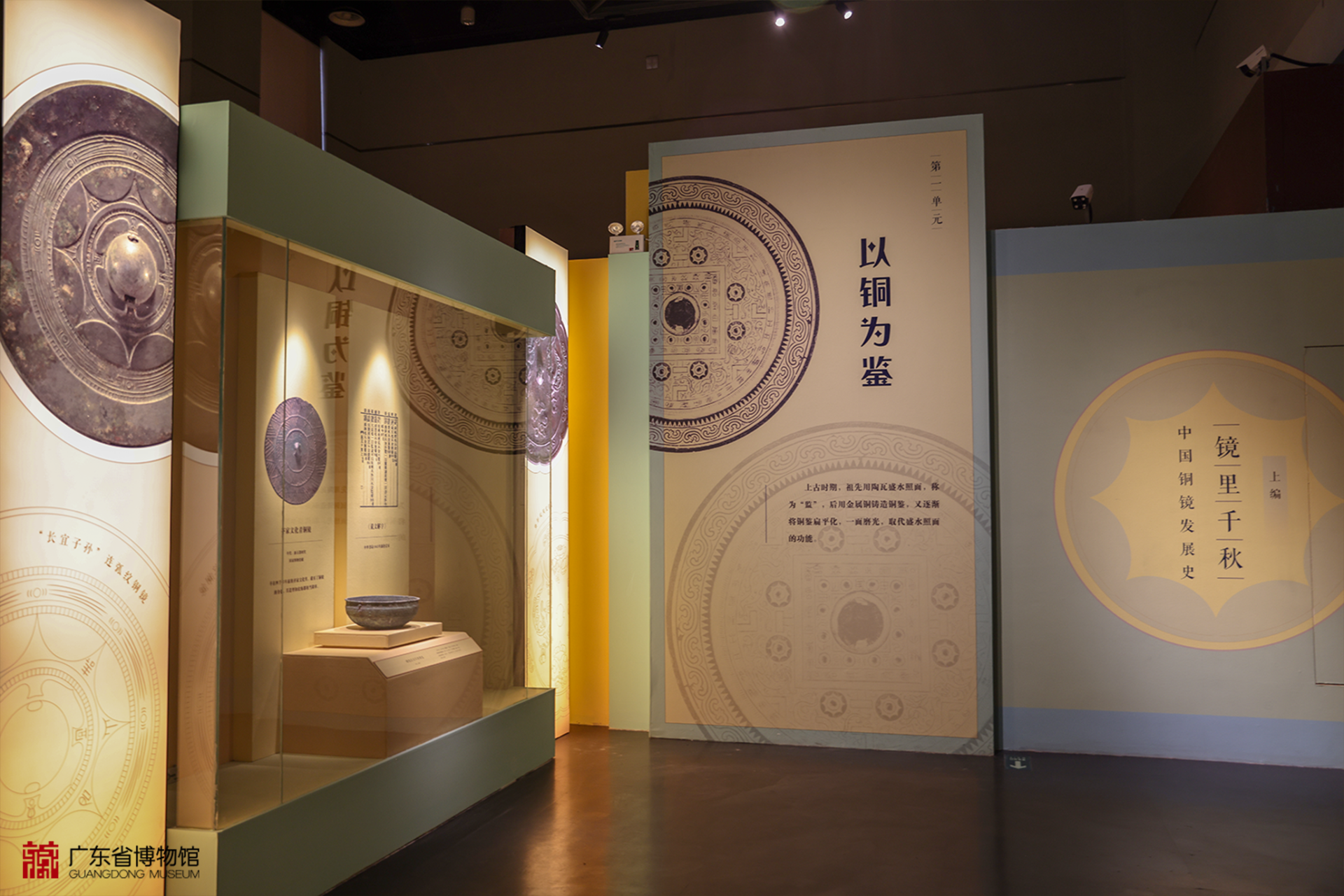
(Photo provided to GDToday)
Several "auspicious beast grape mirrors", also called "sea beast grape mirrors" or "seahorse grape mirrors", are one of the highlights among the exhibits. Their patterns usually consist of auspicious beasts encircled with vines and fruit of the grape, which were popular in the Tang Dynasty. The lion is the prototype of the beast, which, like the grapes, was introduced to China from the Silk Road and is a symbol of the exchange of civilizations between Europe and Asia.

(Photo provided to GDToday)
Japanese ancient bronze mirrors on display were first influenced by Chinese bronze mirrors, which developed their unique style as history progressed. These mirrors were sold to China and became popular in the country's southeastern coastal area.
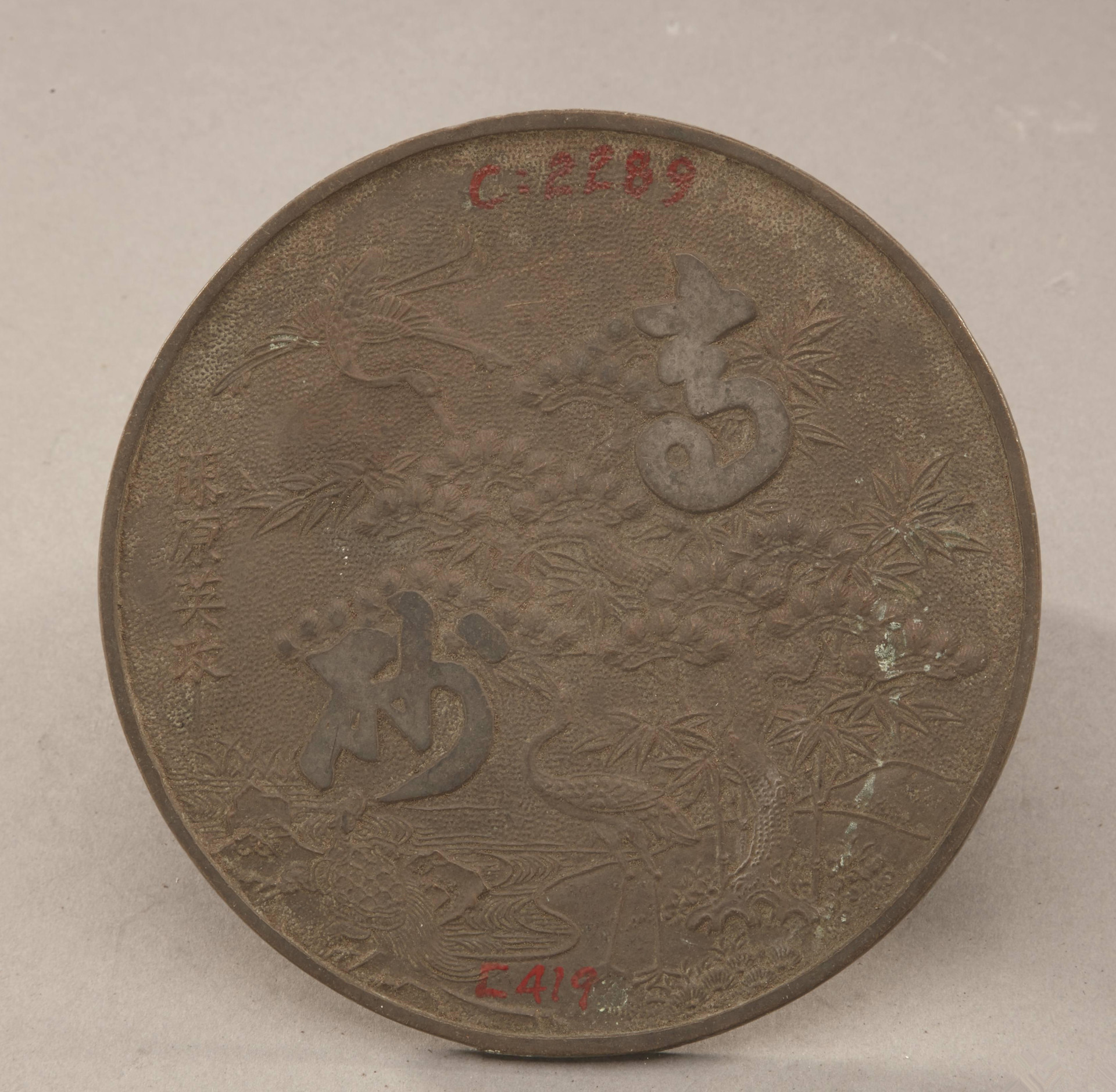
(Photo provided to GDToday)
In addition, audiences can see glass mirrors introduced into China due to the increasingly frequent cultural exchanges between China and foreign countries in the Ming and Qing Dynasties. These mirrors gradually replaced bronze mirrors and became daily necessities of Chinese people.
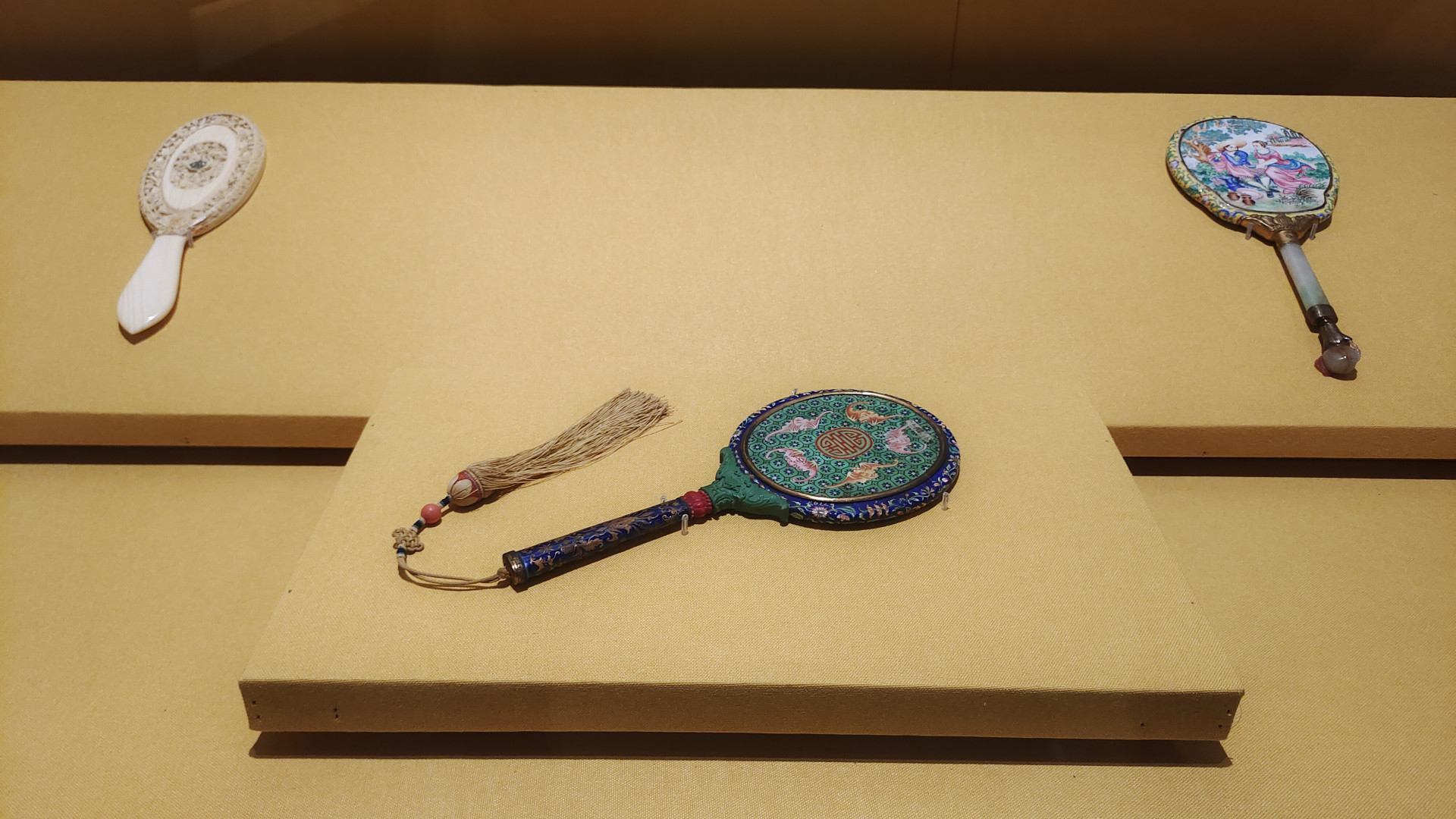
(Photo: Holly)
Time: 9:00-17:00 (closed on Mondays), April 20 to August 20, 2023
Venue: Exhibition Hall 1, 3rd floor, Guangdong Museum (广东省博物馆三楼展厅一)
Add.: No. 2, Zhujiang East Road, Zhujiang New Town, Tianhe District, Guangzhou (广州市天河区珠江东路2号)
Nearest metro station: Take Guangzhou Metro Line 3 or 5, get off at Zhujiang New Town Station and use the GT Land Plaza Exit.
Author: Holly
Editor: Olivia, Steven, Monica, Jerry
















